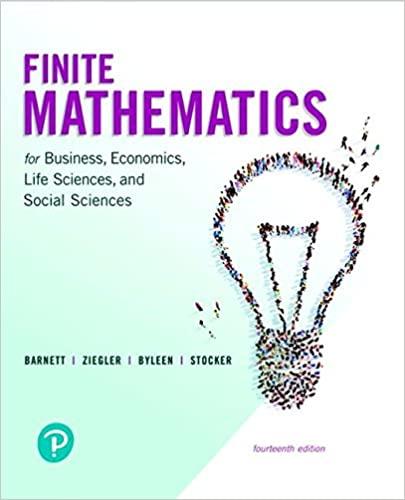Question
Question 1: 1) Consider the four market structures. In which market structure are there many firms producing differentiated goods? Perfect Competition Monopolistic Competition Oligopoly Monopoly
Question 1:
1) Consider the four market structures. In which market structure are there many firms producing differentiated goods?
Perfect Competition
Monopolistic Competition
Oligopoly
Monopoly
2) Consider the four market structures:
(1). Perfect competition
(2). Monopolistic competition
(3). Oligopoly
(4). Monopoly
In which market structure(s) will we see firms that are generally not considered competitive and may have a large amount of market power to set their own prices?
(1) only
(1) and (2)
(4) only
(3) and (4)
(2) and (3)
3) Consider the four market structures:
(1). Perfect competition
(2). Monopolistic competition
(3). Oligopoly
(4). Monopoly
Entry barriers are seen in which market structure(s)?
(1) only
(1) and (2)
(4) only
(3) and (4)
(2) and (3)
4) Consider the four market structures:
(1). Perfect competition
(2). Monopolistic competition
(3). Oligopoly
(4). Monopoly
In which market structure(s) are there most likely to be large economies of scale?
(1) only
(1) and (2)
(4) only
(3) and (4)
(2) and (3)
Question 2:




Step by Step Solution
There are 3 Steps involved in it
Step: 1

Get Instant Access with AI-Powered Solutions
See step-by-step solutions with expert insights and AI powered tools for academic success
Step: 2

Step: 3

Ace Your Homework with AI
Get the answers you need in no time with our AI-driven, step-by-step assistance
Get Started


